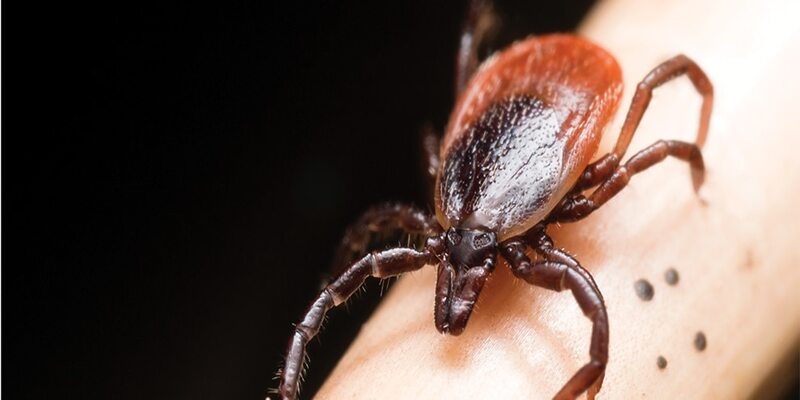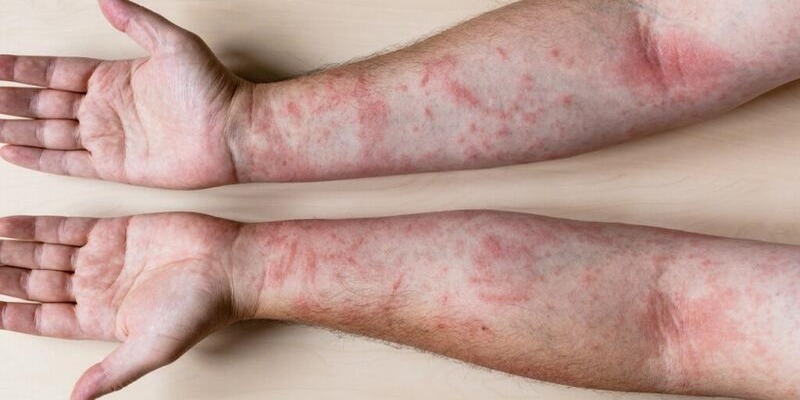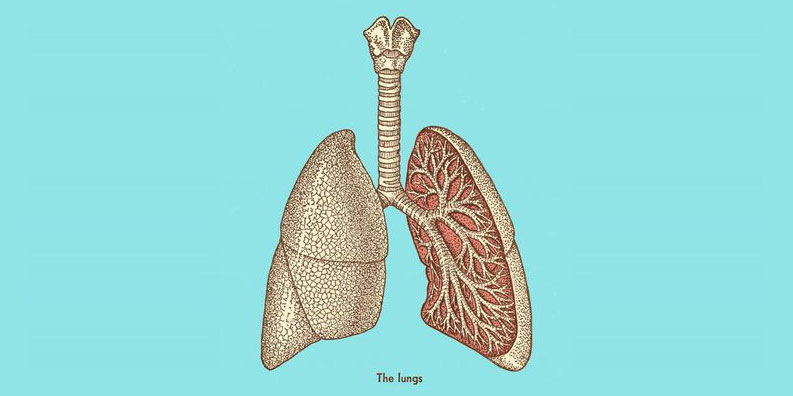Lyme disease is an infectious bacterial illness spread by biting a tick with the Borrelia bacteria. Lyme disease was initially discovered in 1975 and was named after the town of Lyme, Connecticut. However, it has now been detected in everyone in the United States and a wide variety of international locations. Lyme disease is more prevalent in the eastern and northern United States, specifically in forested or grassy settings. Severe symptoms can develop if the infection spreads to the joints, heart, or nervous system and is not treated. Some of the earliest signs of Lyme disease include a high temperature, extreme tiredness, discomfort in the muscles and joints, and a rash with a characteristic circular pattern called erythema migrans. If you think you have been infected, you should immediately see a doctor to get a correct diagnosis and treatment. This piece will explain how Lyme disease is spread and what you can do to protect yourself from getting it.
How Does Lyme Disease Spread?
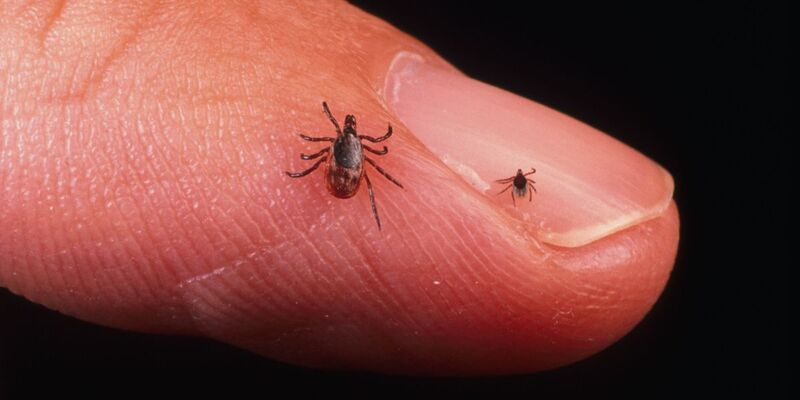
Blacklegged ticks, sometimes called deer ticks, are the vectors for human Lyme disease. The Borrelia bacteria can be transmitted to ticks when they feed on the blood of infected animals like deer, mice, and birds. Wooded or grassy environments are typical habitats for Lyme disease-carrying ticks, most prevalent in the northeastern and eastern United States. However, the sickness has been documented in everyone in the United States and a wide variety of international locations. The Lyme disease incubation period is 36 to 48 hours, during which a tick must feed on blood. The chance of infection increases as the length of time a tick is connected to its host.
Ways To Avoid Contracting Lyme Disease
If you want to lessen your chances of getting Lyme disease, you can do so by doing some of these measures:
- When venturing out on foot across grassy or wooded terrain, it's best to keep exposed skin covered. Ticks will have a more challenging time attaching to your skin if you do this.
- Put DEET or permethrin-based bug repellent on your skin and any exposed clothing. These items are great for keeping ticks away.
- After being outside, especially in forested or grassy regions, check your body for ticks. Ticks tend to attach themselves in areas like the armpits, groin, and scalp, so paying special attention there is essential.
- Rapid and thorough tick removal is required. Remove a tick by squeezing it with fine-tipped tweezers as close to the skin as possible. Slowly and carefully yank till the tick is freed. Ticks can have their mouthparts broken off and left in the skin if they are twisted or jerked.
- Keep the grass mowed short and the yard clear of debris. The number of ticks around you will decrease as a result of this.
- Tick insecticides and tubes can eliminate ticks from your yard and house. The tick population in your yard can be reduced with the help of these products.
Lyme Disease: Diagnosis And Treatment
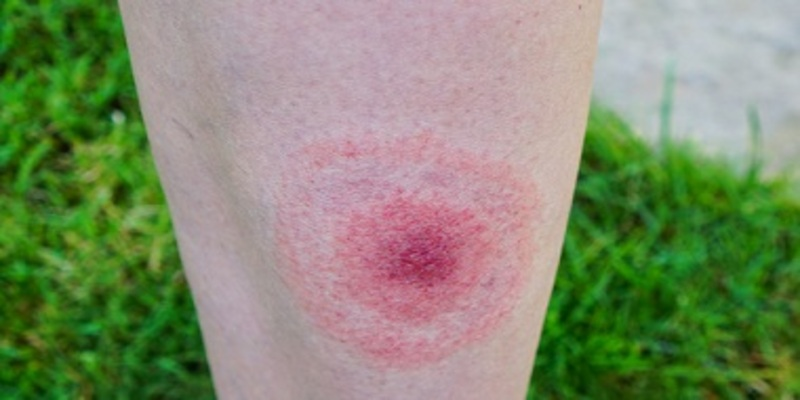
If you suspect you have contracted Lyme disease after being bitten by a tick, you should see a doctor right away. It will be easier to treat the illness if it is caught early. Diagnosis of Lyme disease is usually made after considering the patient's symptoms, any detectable bodily changes, and the likelihood of exposure to infected ticks. Your doctor may also order blood tests searching for Borrelia bacteria antibodies. Lyme disease can often be successfully treated with medicines if diagnosed early. Oral antibiotics like doxycycline, amoxicillin, and cefuroxime are the standard treatment. Antibiotics administered intravenously may be necessary for more complicated situations. Lyme disease has been linked to arthritis, meningitis, and cardiac problems if left untreated. Treating certain infections may be more challenging, and a longer course of antibiotics may be necessary.
Conclusion
Lyme disease is an infectious bacterial illness spread by the bite of a tick carrying the Borrelia bacterium. Spending time outside, especially in forested or grassy regions, requires caution to avoid contracting an infection. Checking for ticks and swiftly removing them may be part of this, as may wearing protective clothing and using insect repellent. If you think you have contracted Lyme disease, you should contact a doctor to get a diagnosis and start treatment. If caught and treated quickly, patients have a fair chance of making a full recovery. If the infection is not treated, it can spread and become much more challenging.
